www.CopterPilots.org

www.PRA38.org
Chapter
38








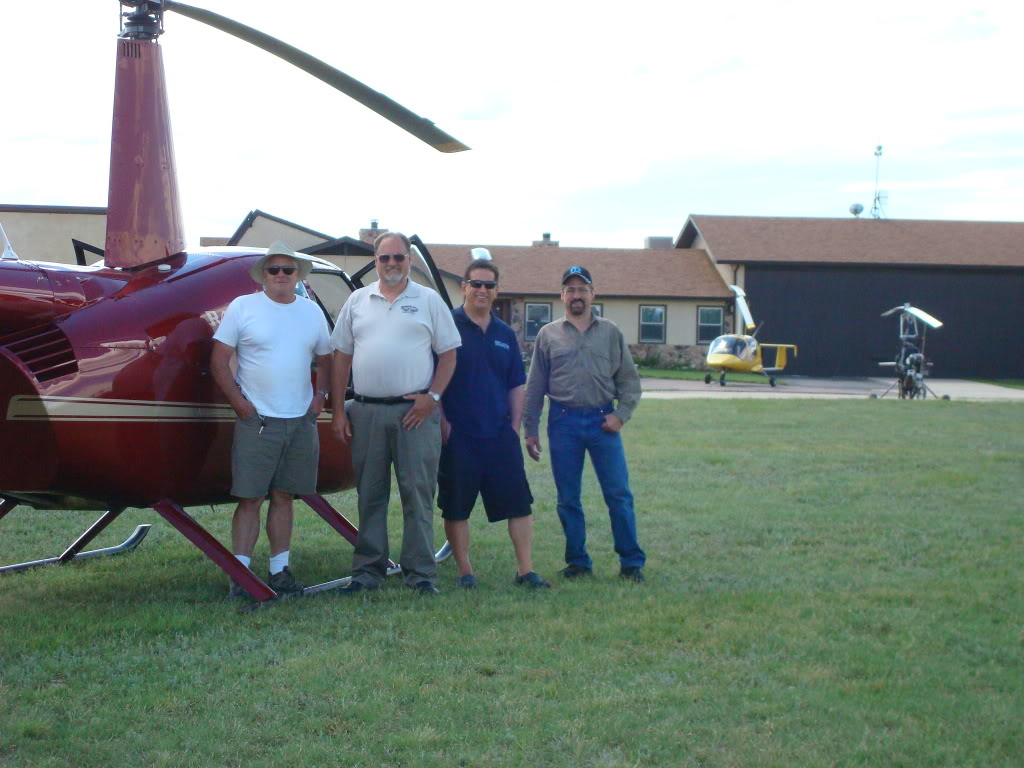
PRA chapter 38 Colorado RotorCraft Association
CopterPilots Copter Pilots Gyrocopter, Gyrocopters, Gyro, Fly, KFLY, Meadow Lake Airport, Colorado Springs Colorado, Peyton Colorado, Falcon, Gyro, autogiro, Autogyro, RotorCraft Gyroplane
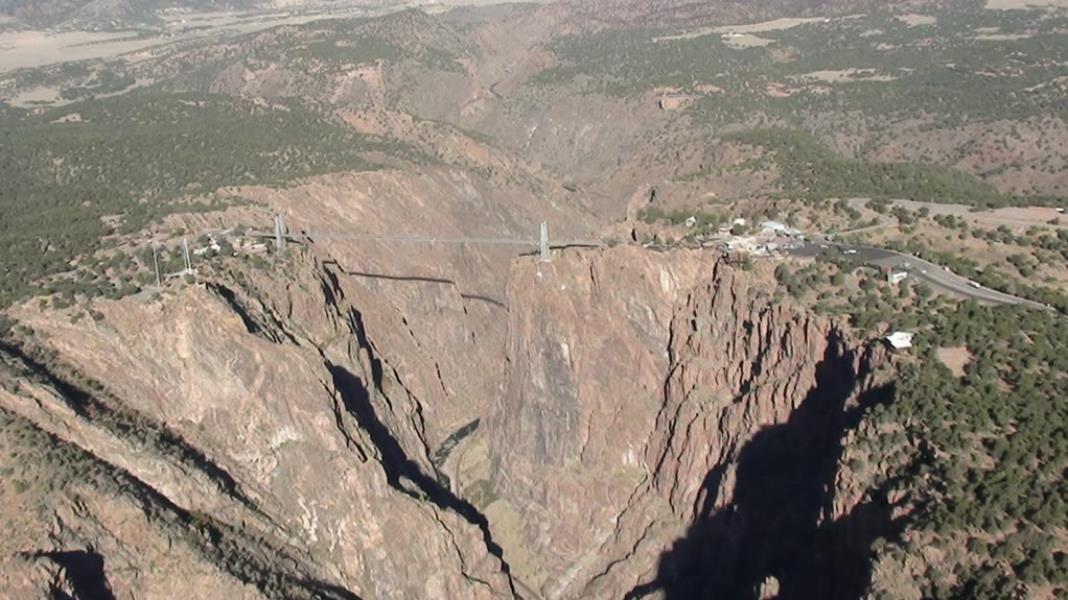
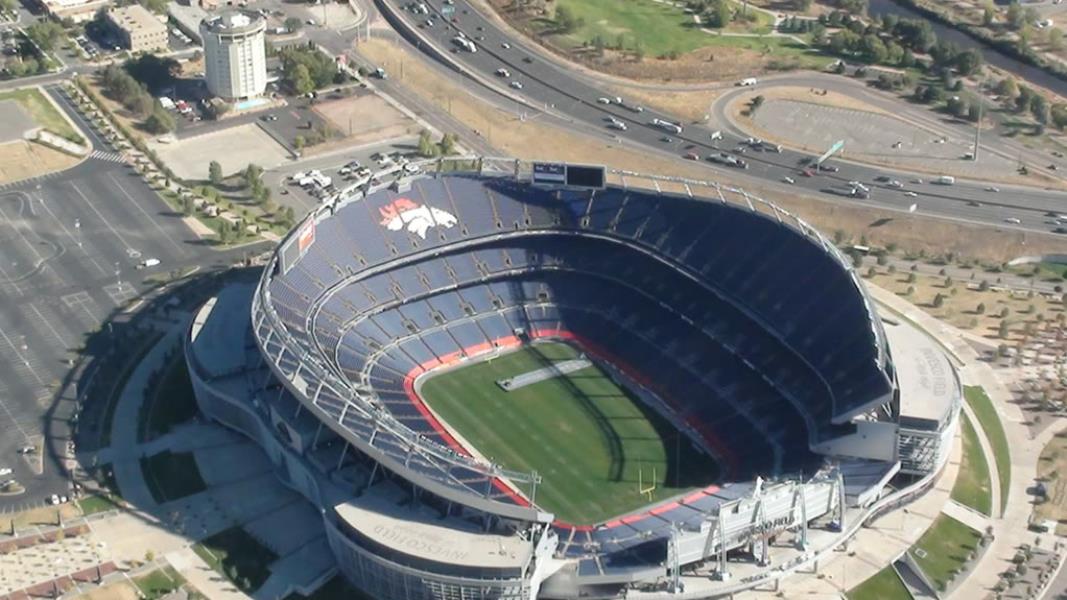

Photo's taken from GyroCopter's in Colorado .

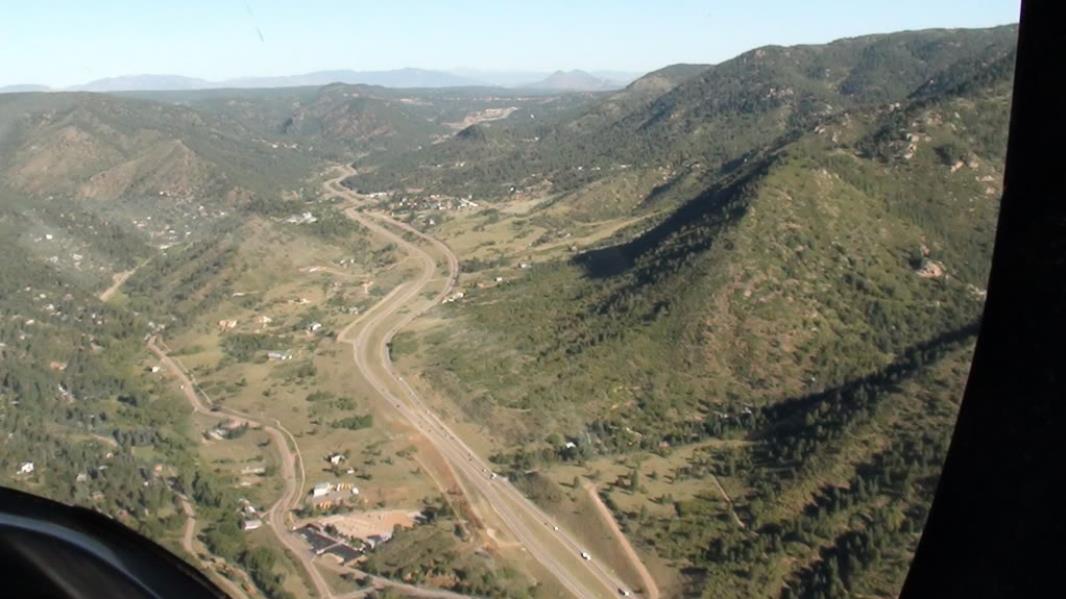
Dick G. Mark S. Tom M. & Todd R.
Tom's R-44
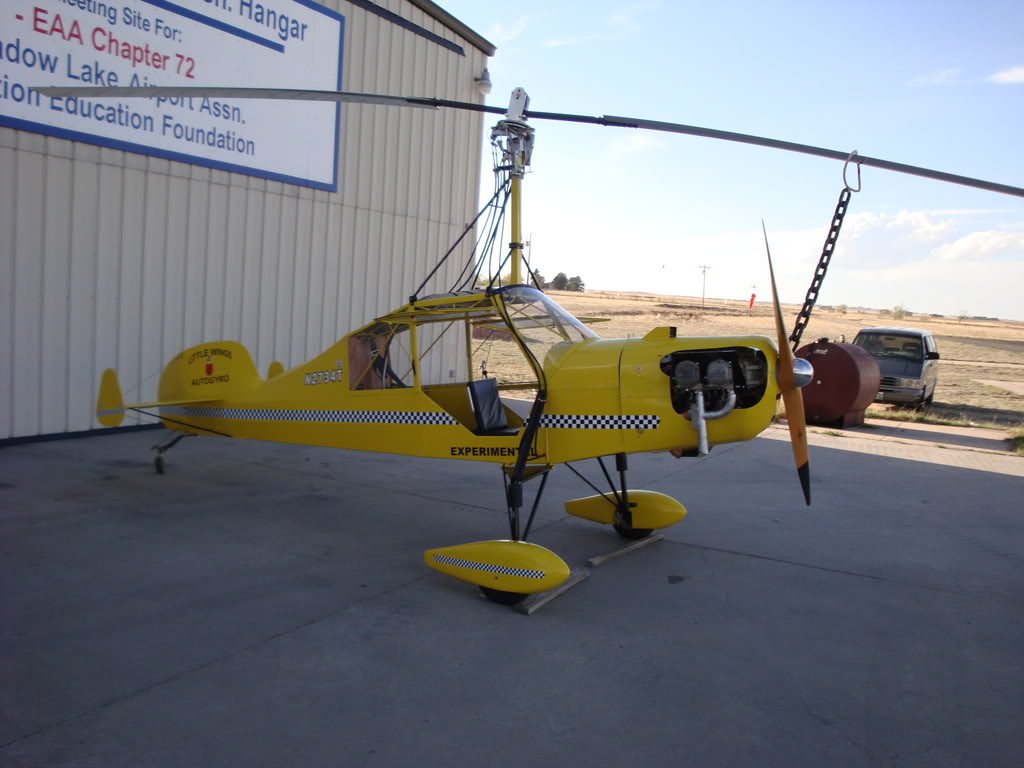
Bruce McCombs
Little Wing
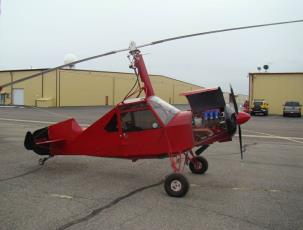
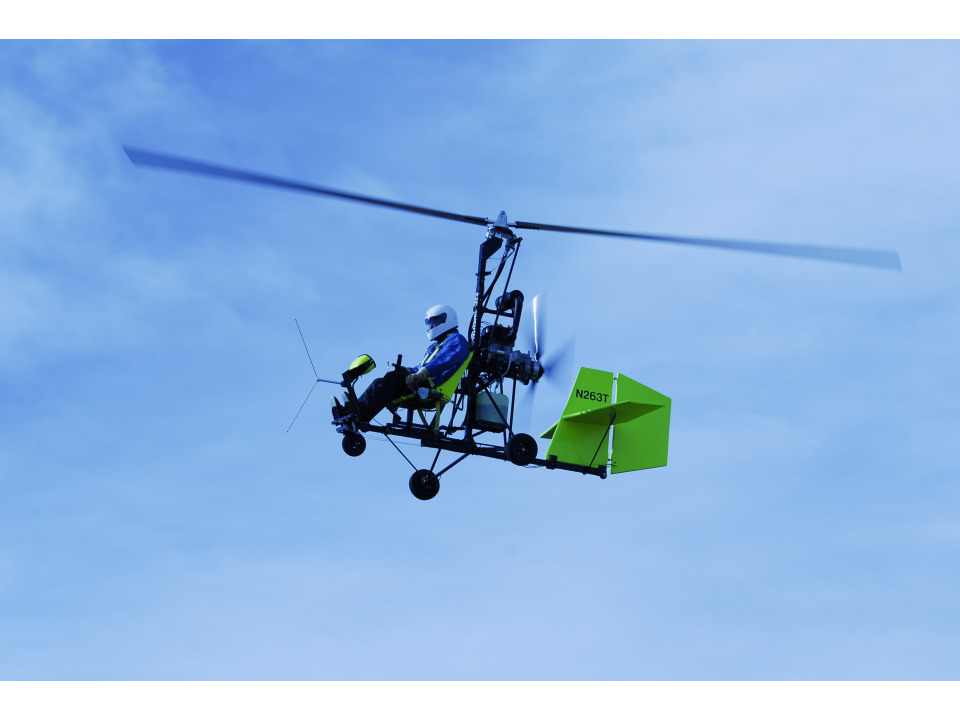
Todds Yama Commander
Thomas's Gyro Bee
Click on the word Vimeo, then click on the four arrows icon for full screen.

Mike's SportCopter Vortex 912
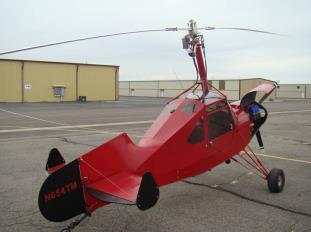
Tim Mercer's Little Wing
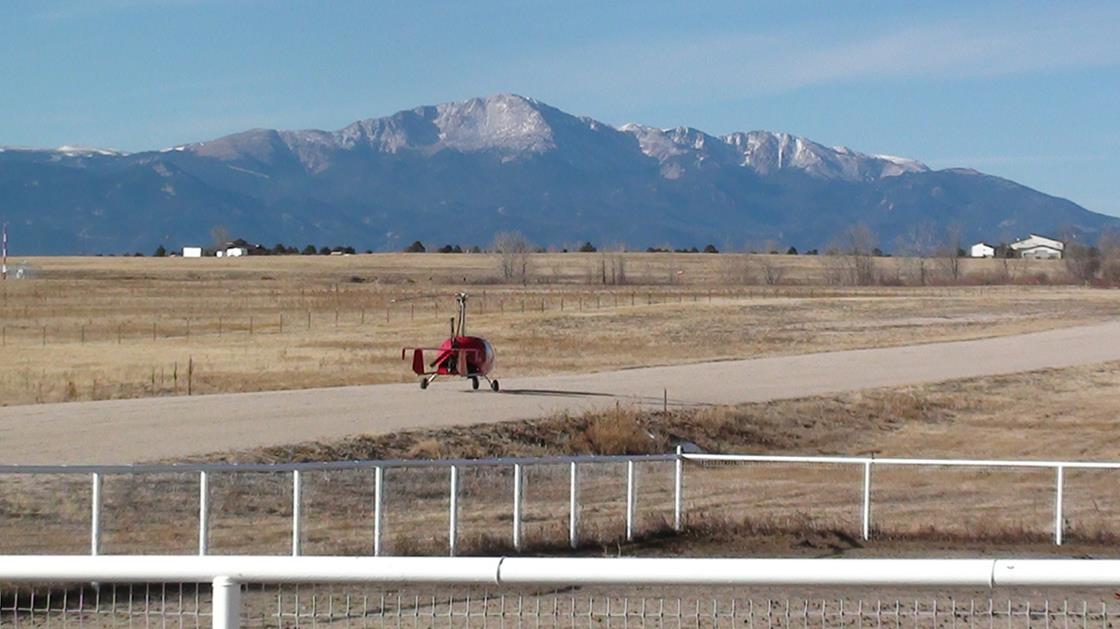
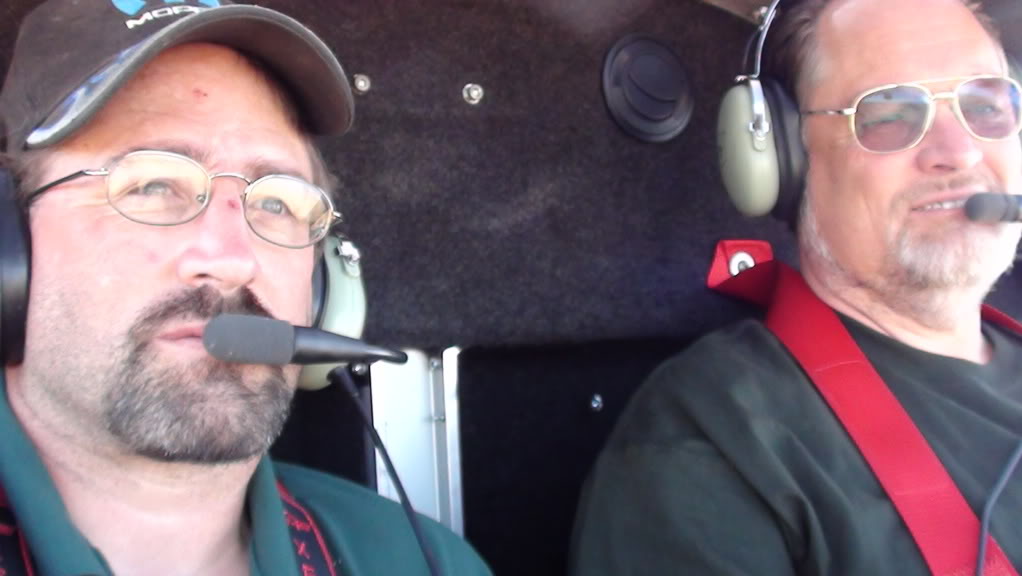
Page - 2
Tim Mercer's Little Wing
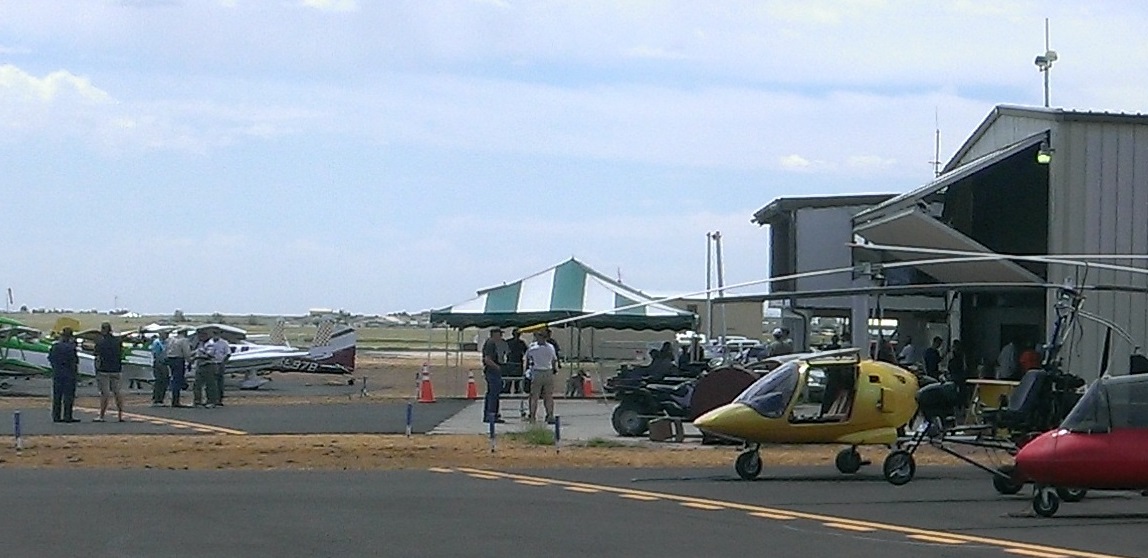
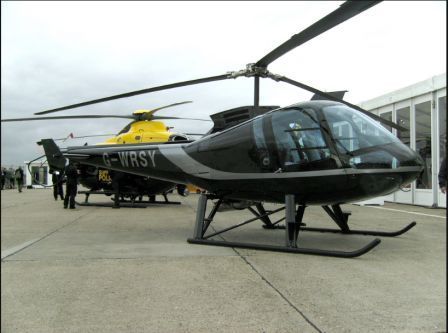
Tom's Turbine Enstrom 480
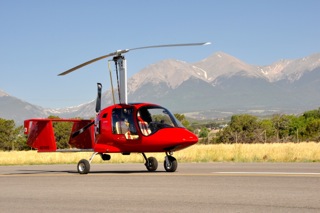
Rob Dubin's Xenon RST N279DE. Perched on the end of Runway 6 in Salida at 7,500 feet with 14,000' Mt. Shavano in the background.
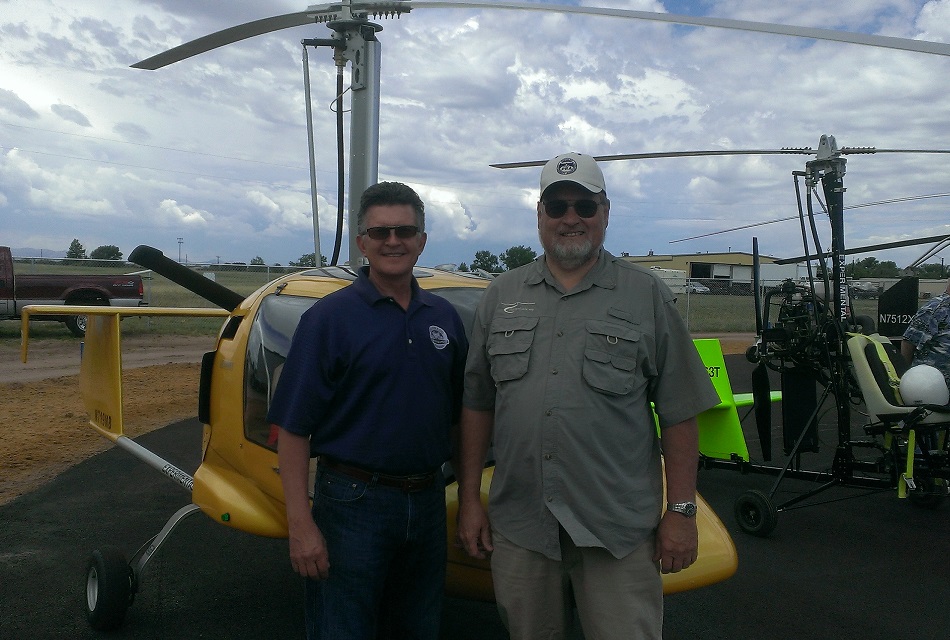
Dave Gordon
- Director of Colorado Aeronautics flys in the Xenon
Points to Ponder.
If you live in a windy area of the country, what light sport aircraft is the best for windy conditions? If you tell most fixed wing pilots how great gyros handle the wind, they think you are crazy.
I fly an enclosed 2 place Xenon RST at some of the highest density altitudes in the US on a regular basis. The front range of the Rocky Mountains are almost always windy. I regularly fly in winds over 25 Knots, and have operated safely in winds of 40 knots. Crosswinds up to 20 knots are no problem. Above that I modify my approach, or just land on a taxiway intersection pointing more into the wind.
Everything is relative. For example, my Xenon weighs only 620 lbs. In a 30 knot gusting wind, there is NO fixed wing aircraft I would want to fly in that weighs + 500 lbs of that empty weight in the conditions I find acceptable, (even comfortable) in the Xenon.
Remember. light chop to a 737 is moderate turbulence to a 182, and a memorable experience in a 150 or a Piper Cub.
When all the light Fixed wings are being put in the hangar, it is just getting to be fun in the Xenon.
Why? Wing Loading.
My wing is not fixed, so the entire cabin does not jolt up and down with every gust. Those 29 foot blades act like big shock absorbers. Then think of the wing area.
My "wings" are 8 inches wide. They fly at over 300 mph. Wing Loading makes the difference between bouncing like a kite in a gale, and a rock solid approach.
A gust = to 10% of the cruise speed of a Piper Cub's wing is 6.5 knots
A gust = to 10% of the cruise speed of a Cessna 182's wing is 12 knots
A gust = to 10% of the cruise speed of a C90 King Air's wing is 23 knots
A gust = to 10% of the cruise speed of my Xenon gyroCopter's rotating wing is over 30 knots.
If you fixed the rotor blades of any model sport gyro at their current size, and could stiffen them so they could not flap, then started off down the runway, how fast would you have to go to get off the ground?? I don't know exactly, but for sure it is both above the speed of an F15, and any speed I would be comfortable with. (Not to mention that the tires and wheels would most likely be destroyed long before lift off.) Now turn that same size wing in circle, and lift off at around 50mph.
The penalty is drag. Rotorcraft don't go as fast as an F15 because their wings are not fixed.
So the next time a fixed wing light sport or trike pilot asks you about gyro's and wind, you have some easily understood examples they can relate to that explains why you can go fly when they are closing the hangar doors. Or you can just let them continue to think you are crazy.
Mark Shook
President/ Colorado Rotorcraft Association
PRA38